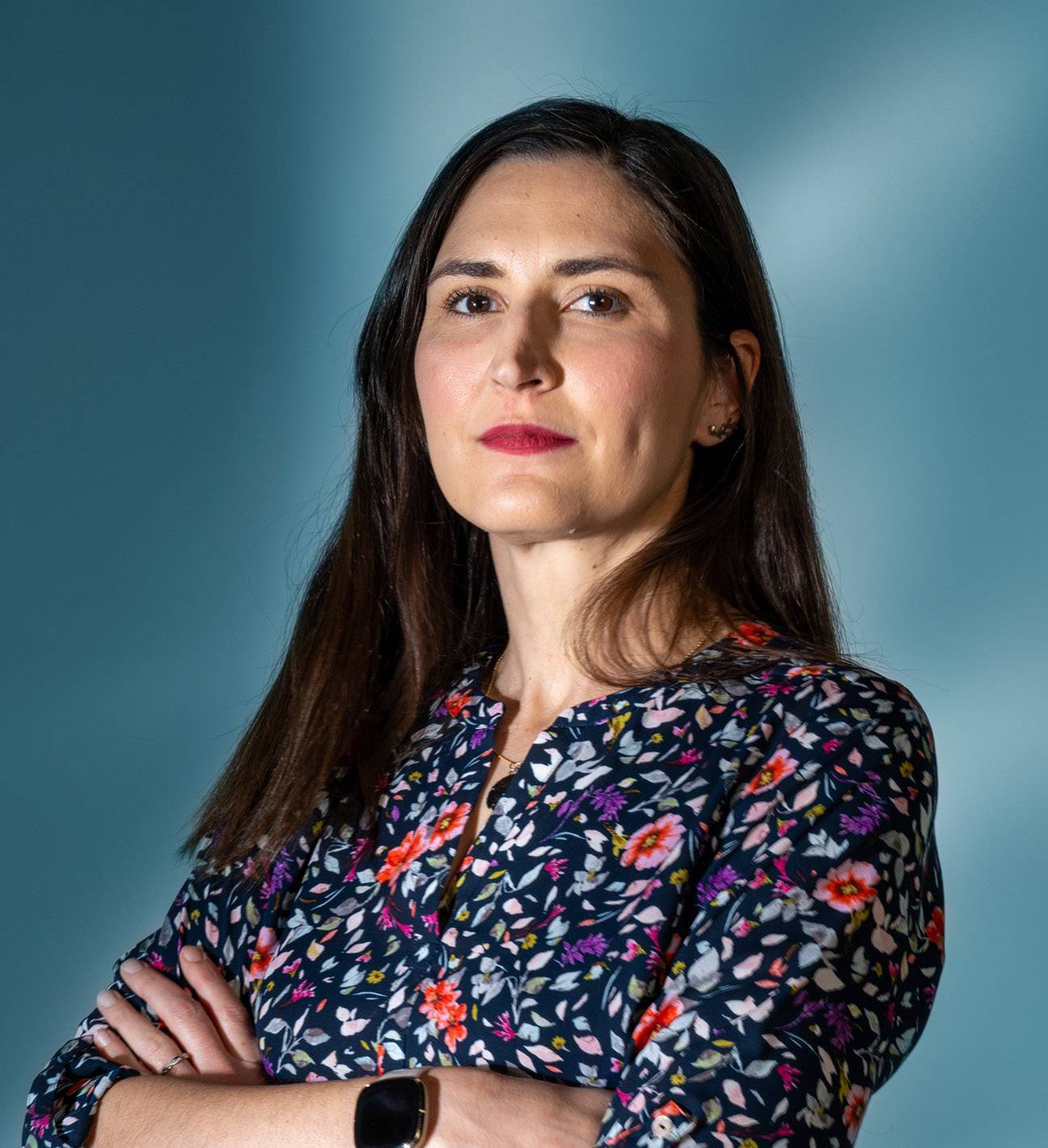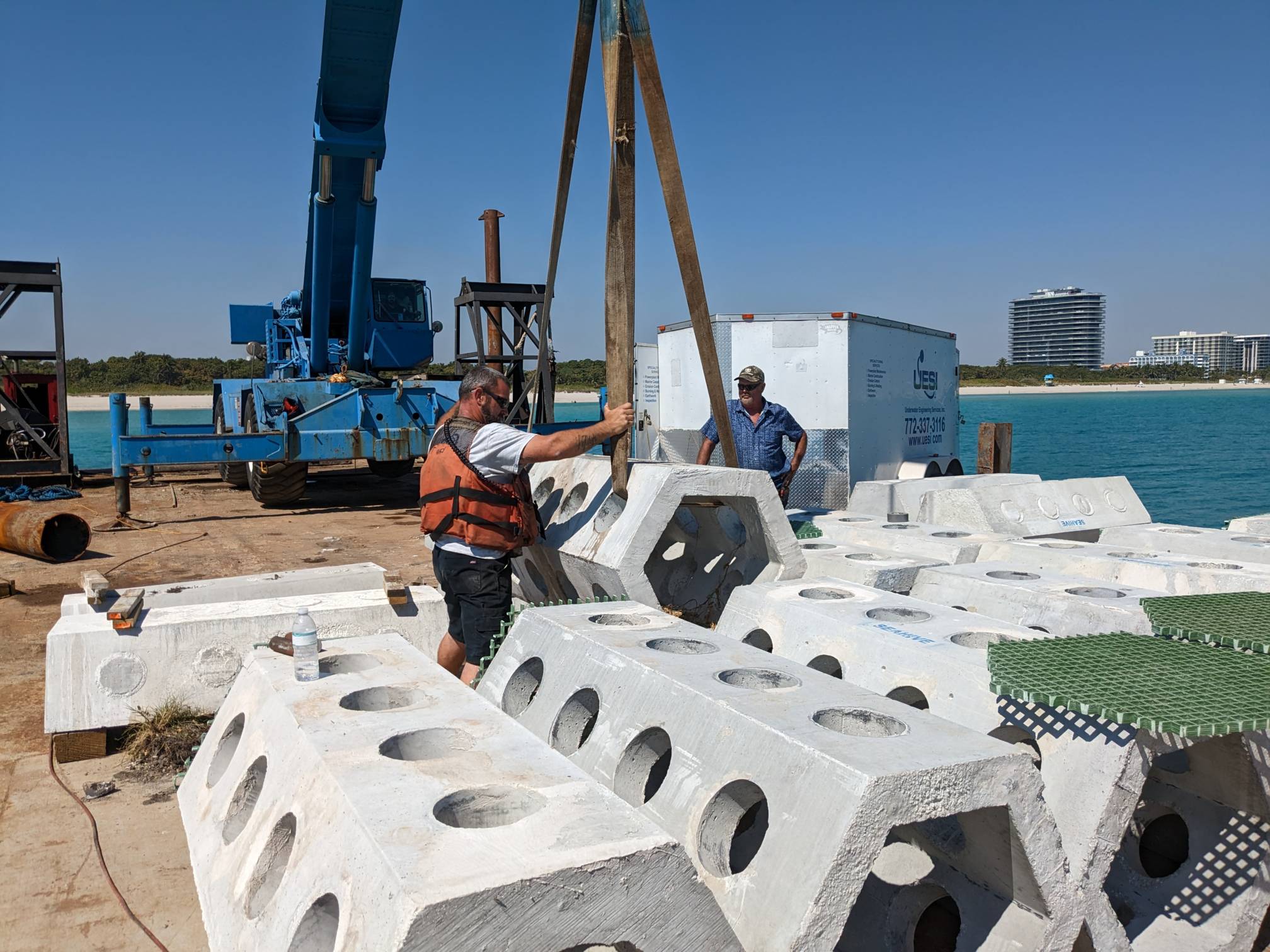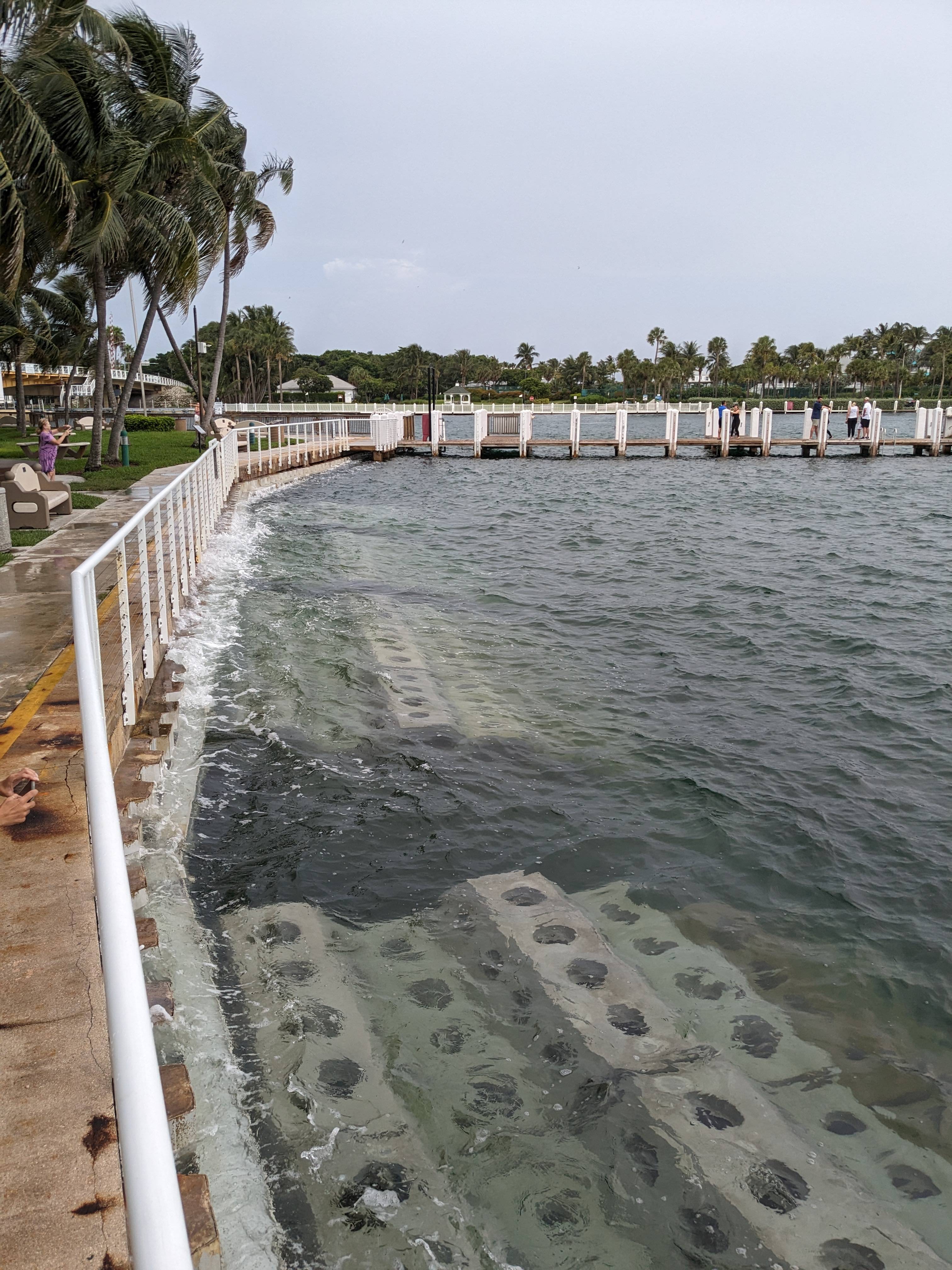Funded by a $10 million federal grant, TXST’s University Transportation Center focuses on coastal infrastructure durability
Fortifying the Coast
Dr. Stacey Kulesza leads research to protect coastal bridge foundations and improve infrastructure resilience.

Texas State University geotechnical engineer Dr. Stacey Kulesza has studied the erosion of sediment around bridge foundations — known as bridge scour — for more than a decade. Now, with the launch of a federally funded University Transportation Center at TXST, she has a supercharged platform to conduct and promote her infrastructure durability research.
Kulesza’s research is one of several projects funded by the new CREATE center. Last year, the U.S. Department of Transportation awarded Texas State a $10 million grant over five years to fund the Tier 1 center to advance transportation research, technology, and workforce.
Kulesza, who also serves as CREATE’s director, is working with colleagues at TXST and the University of Miami to study how hexagonal concrete tubes perforated by holes can shield the soil supporting bridge piers from river currents, floods, and tides. University of Miami engineers developed the tubes — which are called “seahives” because of their beehive-inspired shape — and have deployed them to staunch coastal erosion in Florida.
“It’s a nature-inspired solution because the hexagon elements are also really good for biodiversity and wildlife,” says Kulesza, an associate professor in the Ingram School of Engineering.
TXST’s partners in CREATE include Texas A&M, Oregon State, University of Miami, and University of Puerto Rico, Mayagüez. Dr. Feng Wang, coordinator of the TXST civil engineering program, notes that the U.S. Department of Transportation funded only 35 UTCs out of 230 proposals in the most recent funding cycle.
“If you look at the lead universities of the 35 winning UTCs, almost all of them are R1 universities,” Wang says, referencing the highest level of research status. “The award makes Texas State one of the hubs of the country to conduct transportation research, education, workforce development, and technology transfer.”


CREATE fields proposals for research grants on an annual basis. So far, the center has funded five projects at Texas State, each of which was included in TXST’s initial proposal to the Department of Transportation. They include Kulesza’s research on seahives and bridge scour; her project to measure the impact of vessel wake on sediment transport in shallow shipping channels; Wang’s research on automated monitoring of pavement condition in coastal environments; Dr. Xijun Shi’s research on the use of biowaste materials in coastal concrete applications; and funding for TXST’s National Transportation Summer Institute for high school students. The center also provided funding for six additional projects at the other CREATE universities.
Kulesza says CREATE projects are required to support students. At Texas State, the center is funding three graduate students and one doctoral student, as well as jobs for three undergraduate students.
Civil engineering graduate student Rodolfo Castillo is working with Kulesza on the seahive project. In a TXST lab, Castillo has used a 10-meter-long glass flume filled with water and sand to simulate how seahives could be used to alleviate bridge scour. He says he was attracted to the project because of its blend of geotechnical engineering and sustainability. “It’s interesting to see how everything we’re doing is working toward resilient infrastructure,” he says.
Kulesza says state transportation departments in Texas, Florida, and Puerto Rico have already expressed interest in deploying seahives around bridge foundations.
“We’re also doing a computational fluid dynamics study to optimize the design for this application because river flow is different than energy from coastal waves,” she says. “The next stage will be to install them and monitor them. We want these solutions to be applicable nationwide.”